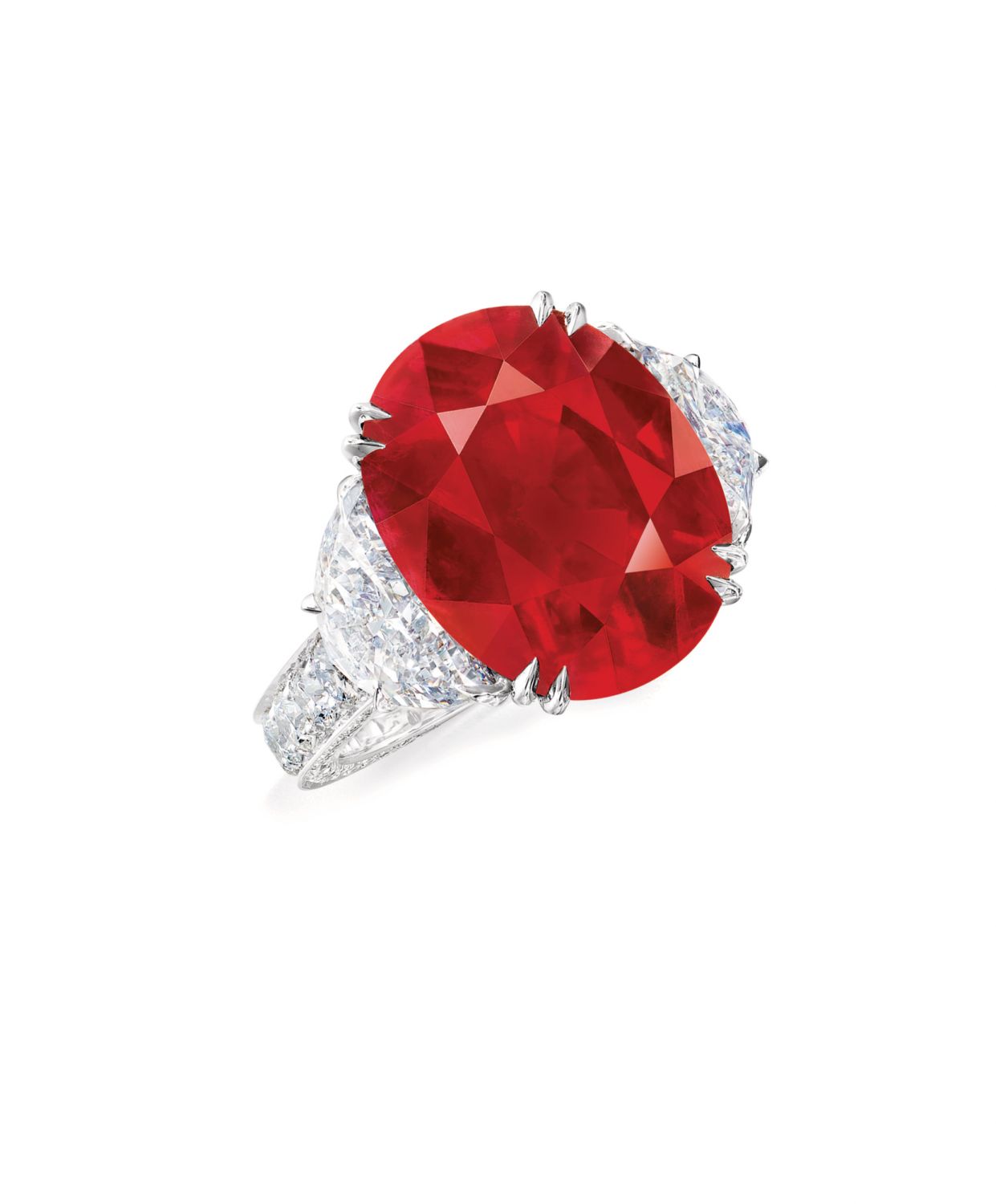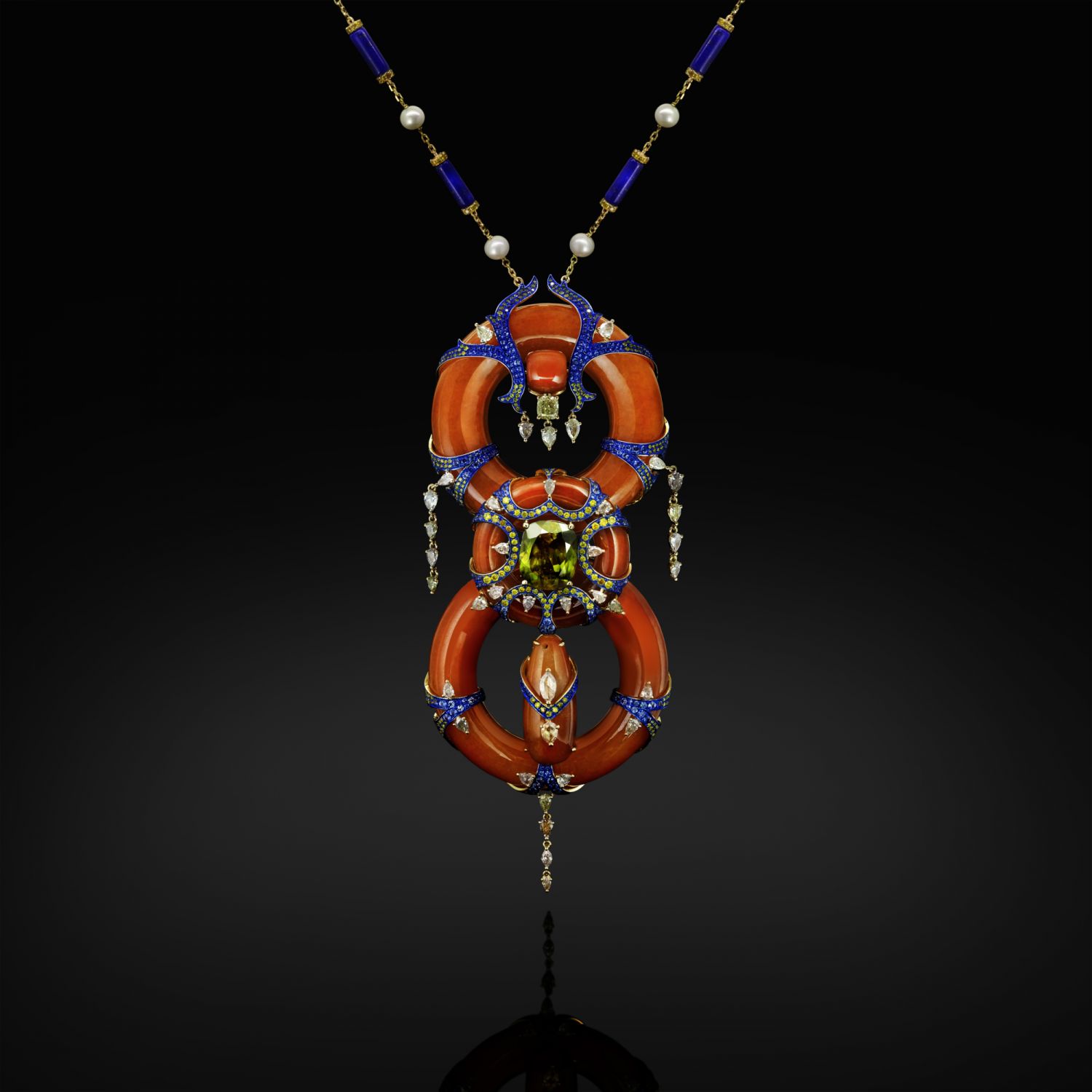On January 23 2023, many Asian communities will celebrate the most important day of the year—the Lunar New Year. Here is everything you need to know about the significance of the colour red in the festive season when it comes to jewellery
Every year, Asian communities around the world celebrate the Lunar New Year, accompanied by unique ceremonies and beliefs. But one thing remains constant across borders, clans, generations and traditions—the colour red.
The vibrant colour holds a significant place in Chinese culture particularly, as it represents good luck, vitality and prosperity. “Legend has it that a beast known as a nian would emerge on Chinese New Year’s Eve to devour villagers, livestock and crops,” says Stewart Young, director of jewellery and head of jewellery Asia at Bonhams. “[Certain] villagers heard that the nian were scared of children dressed in red; since then, we [Chinese communities] have hung red lanterns and scrolls with couplets to keep the mythical monster away for another year. The nian dance, or lion dance, is performed every Chinese New Year’s Eve to ward off evil.”
Don't miss: Birthstone guide for January: Everything you need to know about garnets

Asian countries that observe Lunar New Year include Singapore, Mongolia, Vietnam, South Korea, Malaysia, Thailand, Japan, the Philippines and Indonesia. While each country has its own traditions for welcoming spring, the Vietnamese ceremonies are also painted with shades of red and yellow. The Sino-Vietnamese communities believe that wearing the colours brings good fortune and happiness. This is also the reason brides in Vietnam and India wear red to wedding ceremonies.
But it’s not just red lanterns, lai see envelopes and new outfits that appear in this celebratory colour: there is also a trend of buying red gems. “Wearing red, whether in the form of clothing or jewellery, is like wearing xi qi [good luck],” says Wenhao Yu, chairman of the jewellery and watches department at Sotheby’s Asia.




